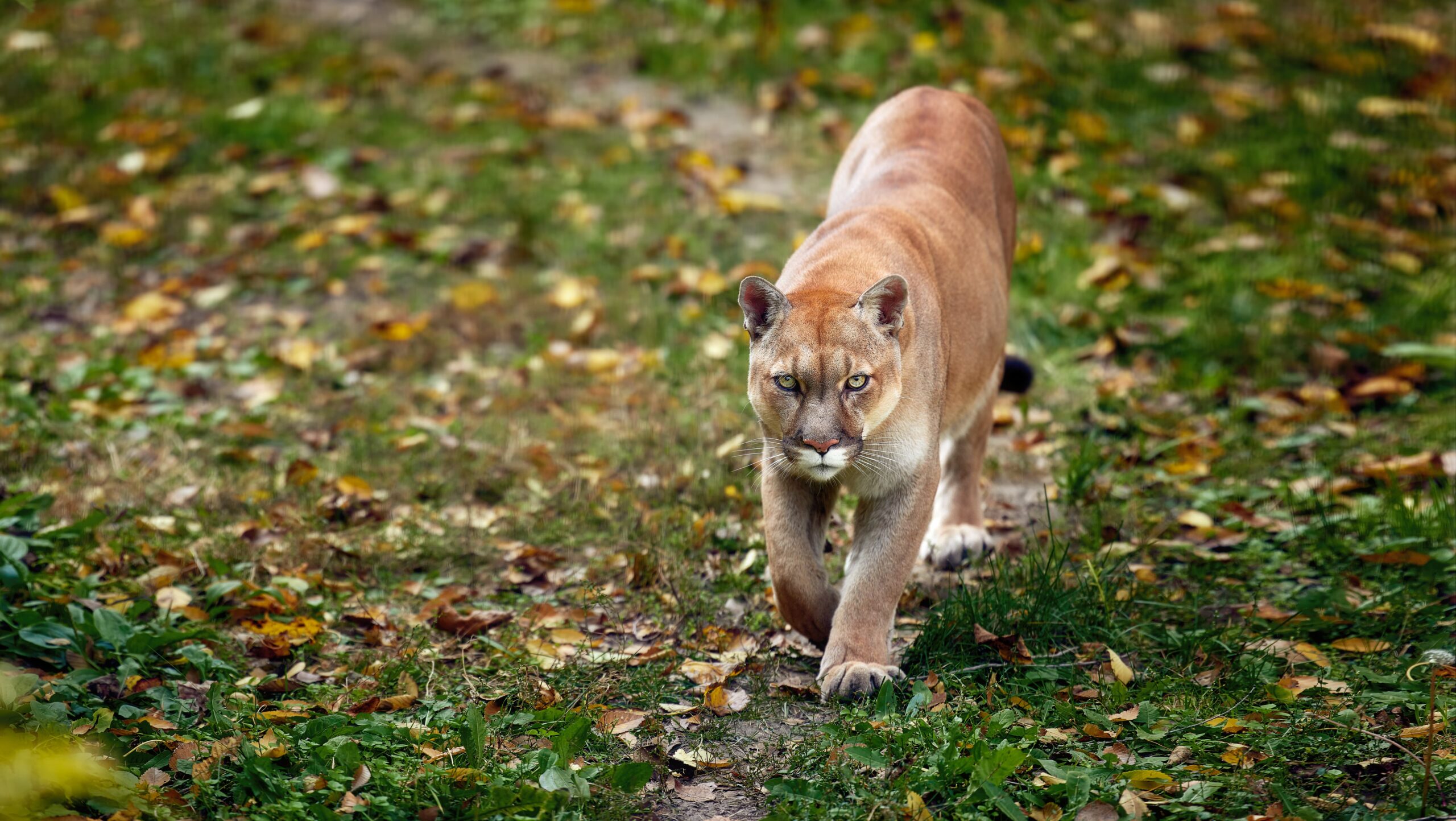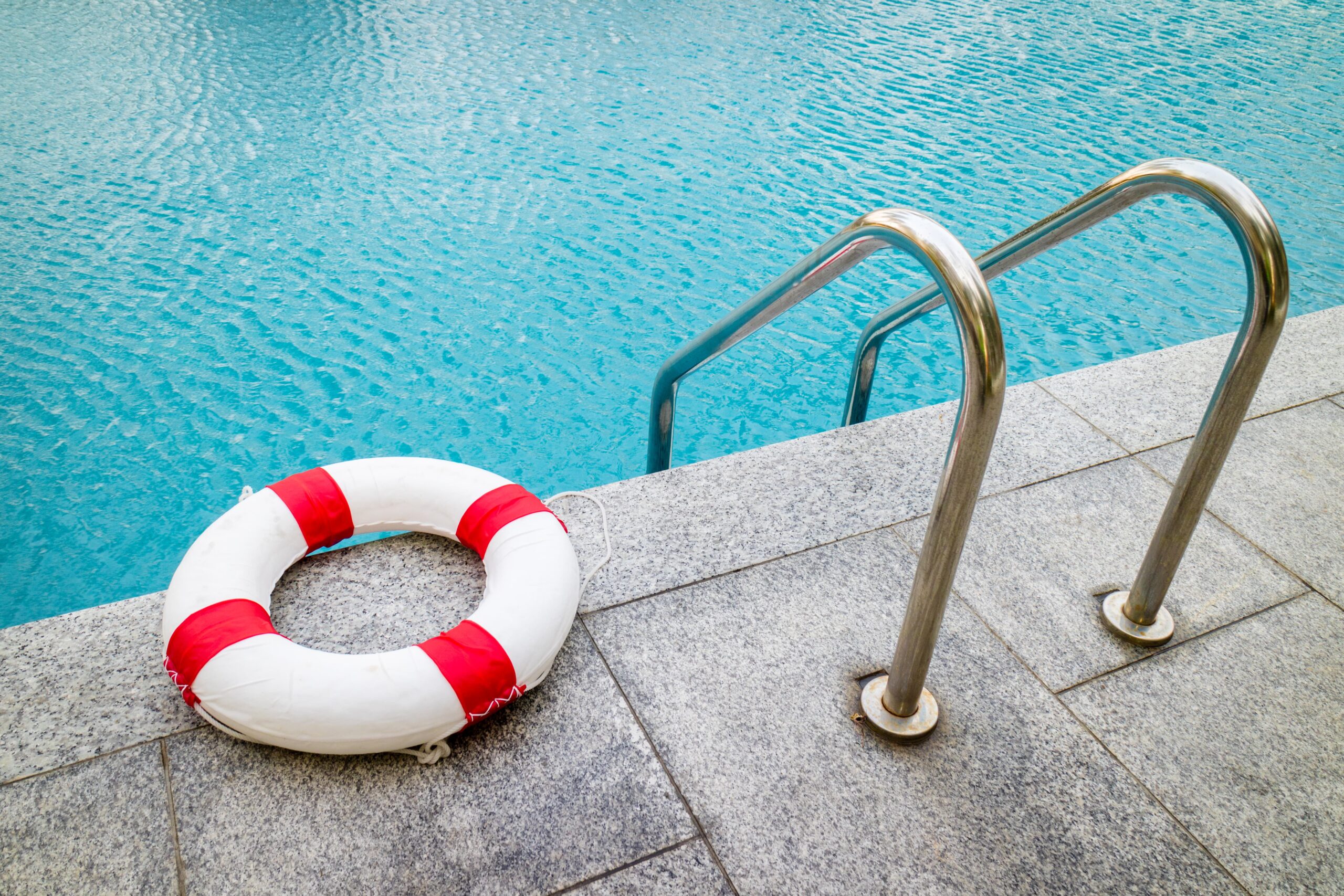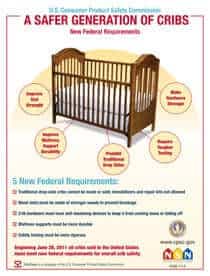Snowmobiling can quickly turn winter fun into a serious injury
With winter in full swing, snowmobile season is also upon us, and with vehicles that can reach speeds of 90 mph and weigh more than 600 pounds, it is not surprising that snowmobiling causes more than 200 deaths and nearly 14,000 accidents each year. Colorado Parks and Wildlife (CPW) reminds riders to travel safely to help avoid dangerous accidents and injuries. “Snowmobiling is a great way to get into the backcountry in Colorado, but we recommend reviewing some safety precautions to assure a safe trip,” says Ryan Crabb, trails coordinator for CPW and an expert snowmobiler.
The leading causes of snowmobile accidents are excessive speed, alcohol use, lack of experience and poor judgment. It is important that riders consider potential dangers like impaired operation, careless operation, roads and railroads, ice, and avalanches — all which can be present when snowmobiling.
It’s also a smart move to remember that snowmobiling occurs in a natural environment subject to widely varying and often-unpredictable conditions due to severe winter weather. “It’s very important to know the terrain, such as the slope gradient, drainages and creek beds,” says Andy Dean, a ranger at Ridgway State Park. “Understanding the lay of the land will help keep you out of trouble.”
Follow these snowmobile safety tips to keep you and others free from injury:
- Never drink and ride. A quick reaction time, ability to respond to unexpected obstacles and careful attention to your surroundings are key while snowmobiling. Even a small amount of alcohol will affect perception and reaction time. Alcohol also lowers your core body temperature increasing the risk of hypothermia.
- Slow down. Most snowmobile causalities are associated with riders traveling at high speeds. It is important to maintain a speed that allows you to react quickly to unexpected obstacles especially at night.
- Ride with a friend. Riding alone increases your risk of being injured in a remote area and unable to access help.
- Use a helmet and protective face gear to avoid injury from flying rocks, twigs and ice.
- Choose your clothing carefully. Use waterproof layers and make sure not to leave any loose ends that might catch in moving parts of the machine.
- Avoid weak ice. Snowmobiling on ice is much more dangerous and extremely unpredictable. Ice should be at least five inches thick for snowmobiling. Always remember that ice is rarely uniform in thickness and ice over running water is especially unpredictable. Even thick ice can be weak if it is “rotten”—meaning it has frozen and thawed repeatedly, building up thin layers of water within the ice. And a layer of snow on top of ice does not make it stronger but rather acts as an insulator which warms and weakens ice. In late winter and early spring, ice thaws rapidly, so remember that ice that was safe one day may be at the breaking point the next.
If you or a loved one were injured in a snowmobile accident, contact an experienced Colorado personal injury attorney who can evaluate your case and get you the recovery you deserve.






